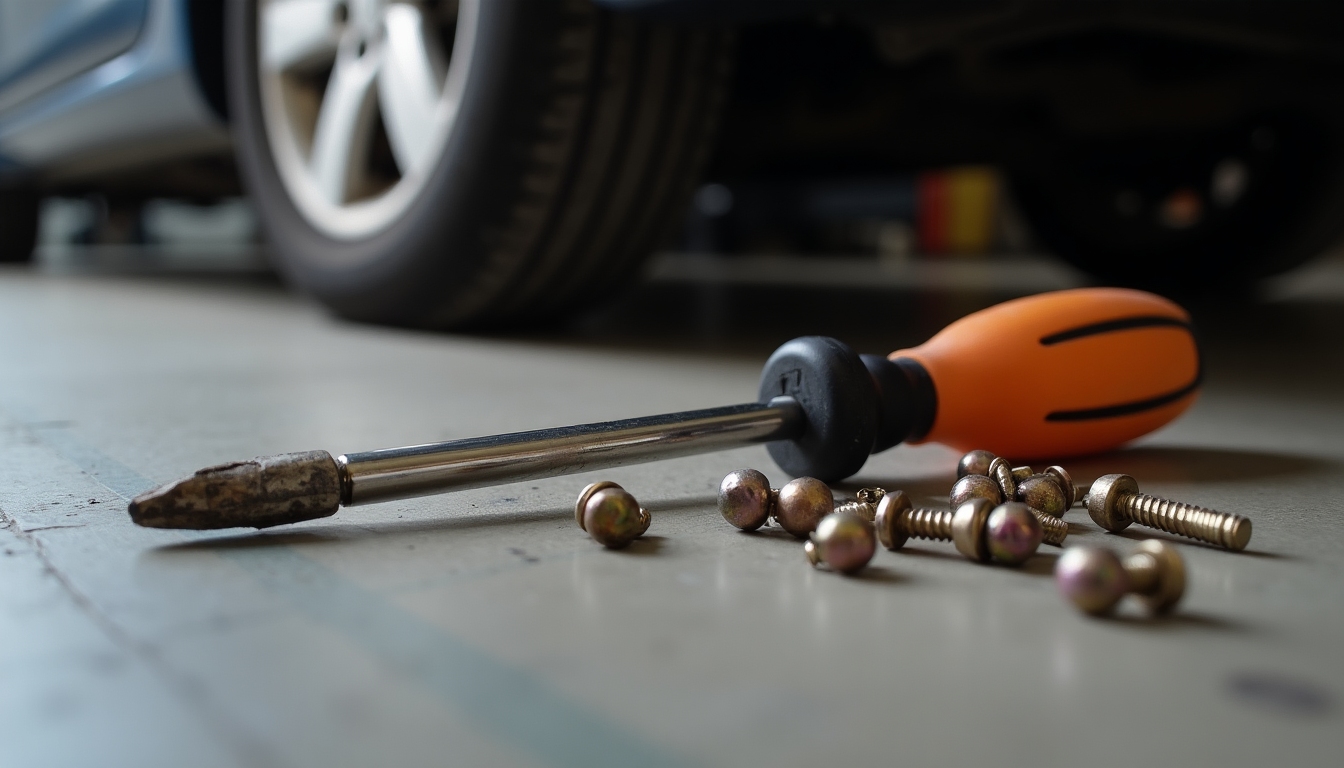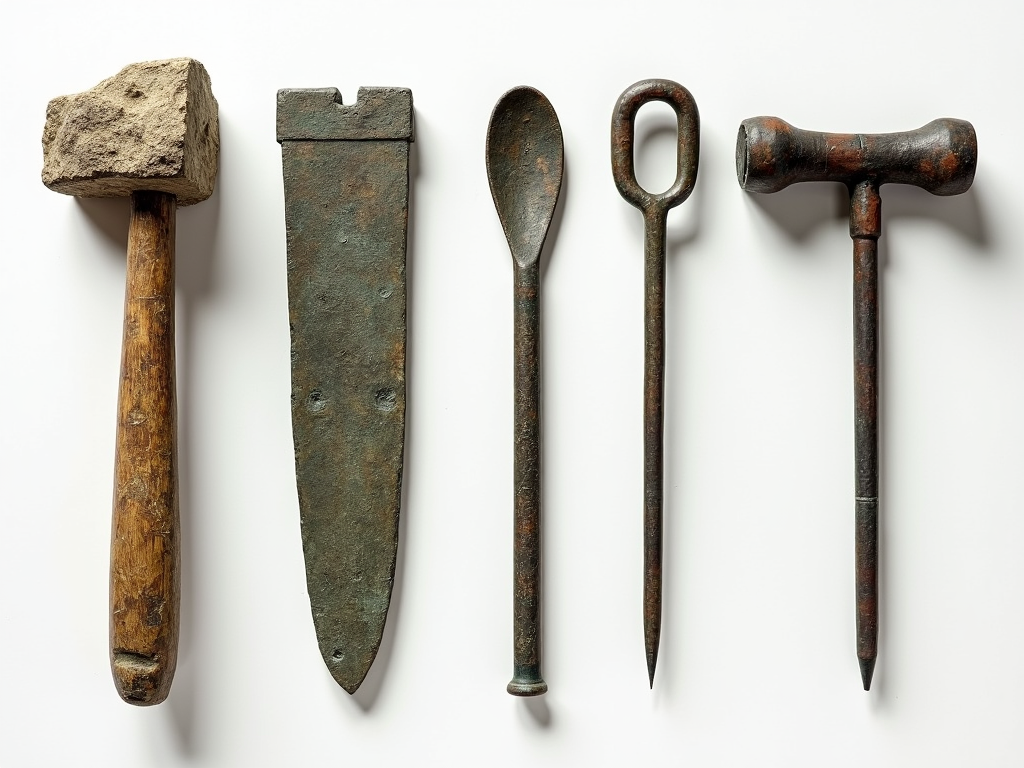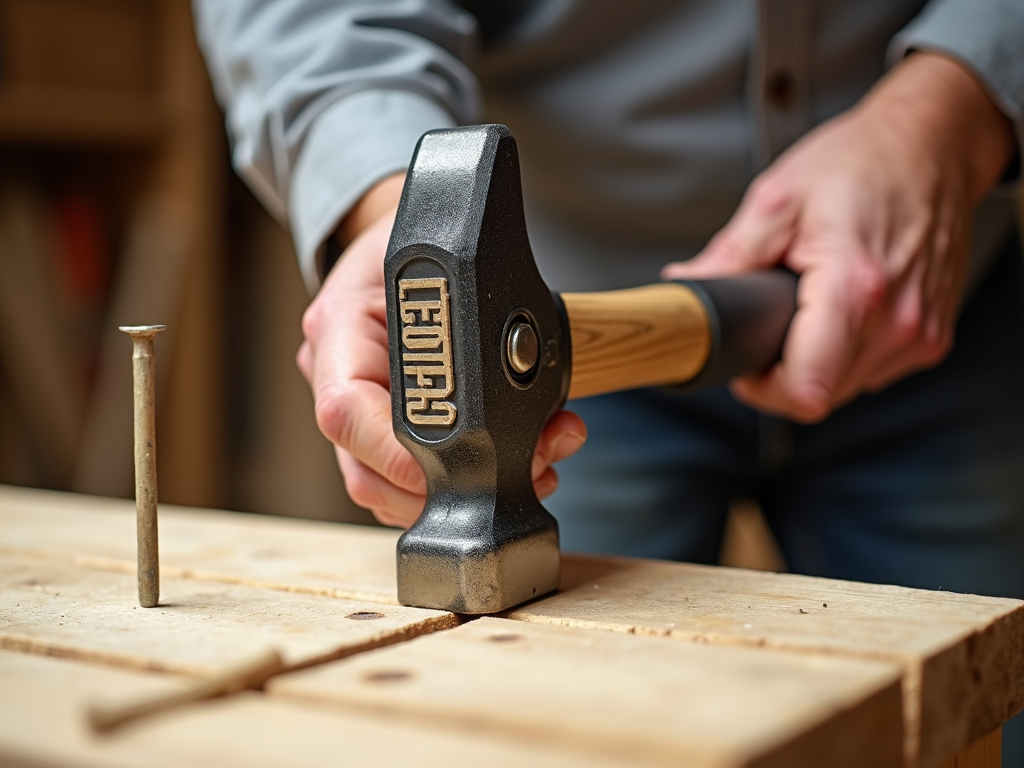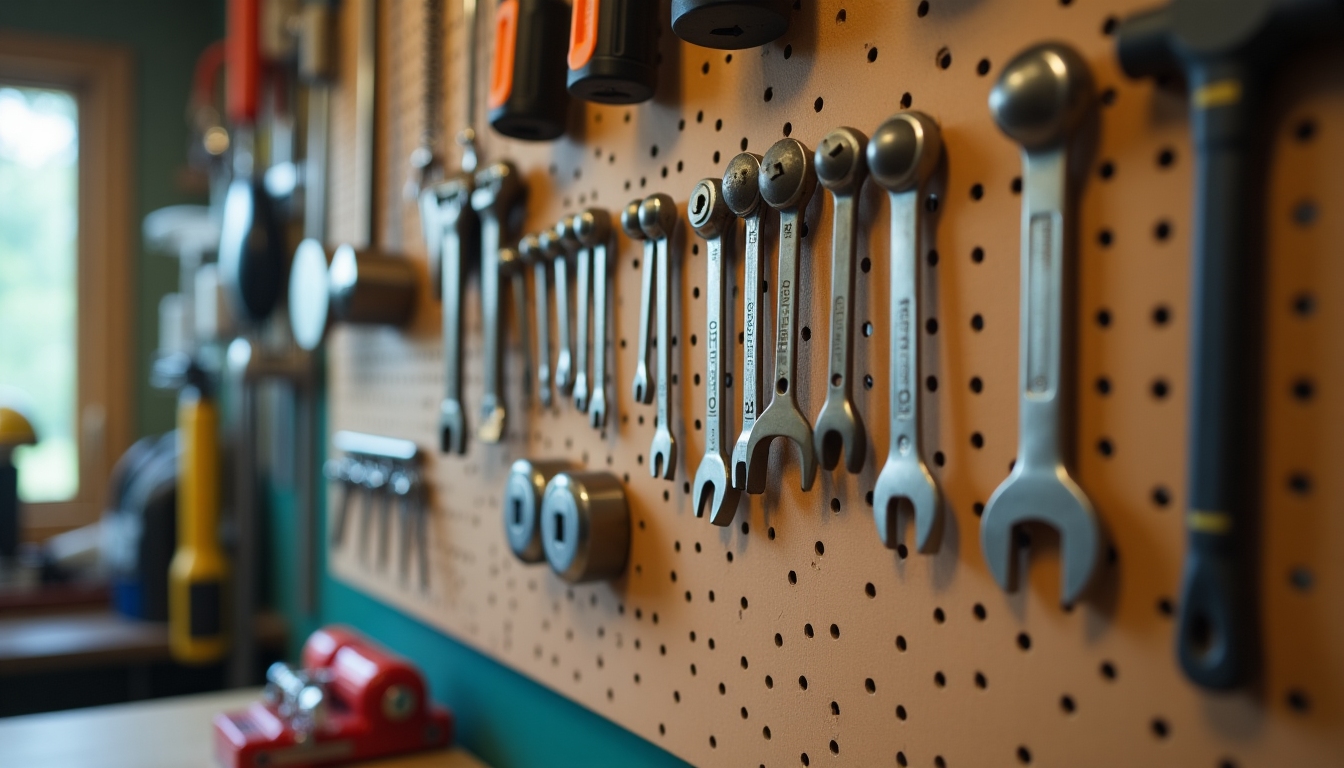Workwear is more than just clothing; it's a crucial part of your daily routine, especially if you work in physically demanding or hazardous environments. Proper care of your workwear not only extends its lifespan but also ensures your safety on the job. In this guide, we'll explore the best practices for cleaning and storing workwear, including tips for maintaining tool belts and safety gear. Whether you're a seasoned professional or new to the workforce, these tips will help you keep your gear in top condition.
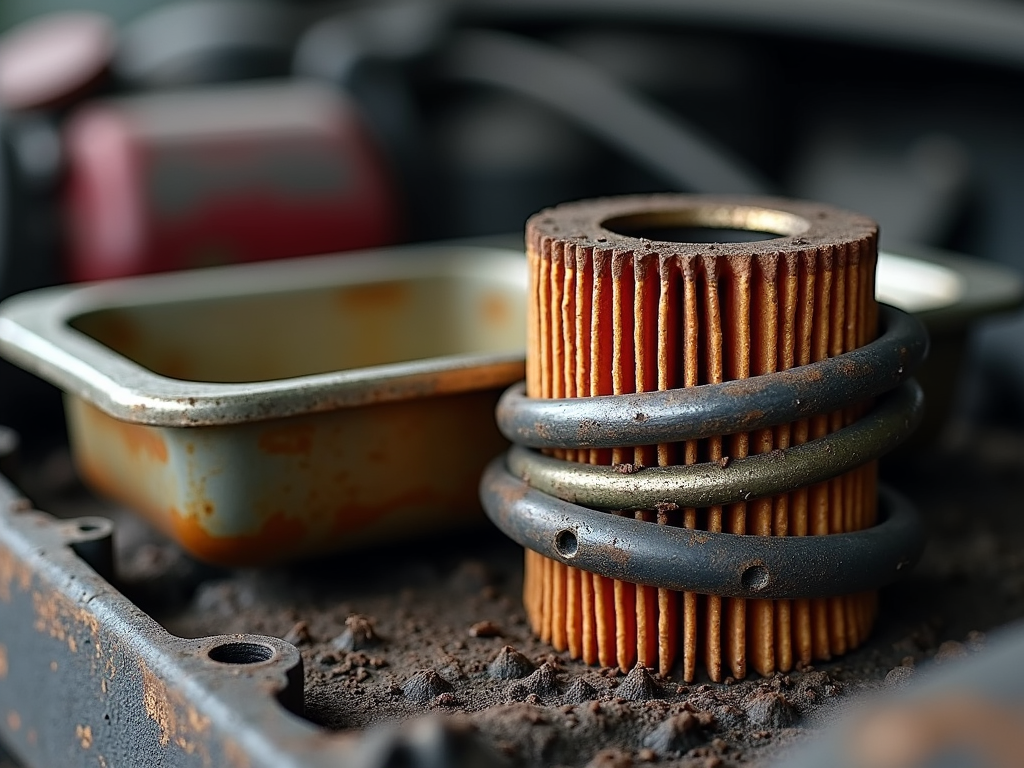
Understanding Workwear Materials
Before diving into cleaning and storage tips, it's essential to understand the materials used in workwear. Common fabrics include cotton, polyester, and blends, each with unique care requirements. For instance, cotton is breathable but may shrink if not washed properly, while polyester is durable but can retain odors. Knowing your workwear's material will help you choose the right cleaning methods.
- Cotton: Wash in cold water to prevent shrinking. Use a gentle detergent to maintain fabric integrity.
- Polyester: Can be washed in warm water. Avoid high heat when drying to prevent damage.
- Blends: Follow the care label instructions, as blends may have specific requirements.

Cleaning Tips for Different Types of Workwear
Cleaning workwear isn't just about tossing it in the washing machine. Different types of workwear require specific care to remove stains, odors, and contaminants effectively.
1. Overalls and Coveralls
Overalls and coveralls are often exposed to grease, oil, and dirt. To clean them:
- Pre-treat stains with a stain remover or a mixture of baking soda and water.
- Wash in hot water with a heavy-duty detergent.
- Avoid using fabric softeners, as they can reduce the fabric's flame-resistant properties if applicable.
2. Work Shirts and Pants
For everyday work shirts and pants:
- Turn them inside out to protect the outer surface.
- Use a mild detergent to preserve color and fabric quality.
- Wash similar colors together to prevent bleeding.
3. High-Visibility Gear
High-visibility workwear requires special attention to maintain its reflective properties:
- Wash separately to avoid color transfer.
- Use a gentle cycle and cold water.
- Avoid bleach and harsh chemicals that can damage the reflective strips.

Storing Workwear Properly
Proper storage is just as important as cleaning. Incorrect storage can lead to mold, mildew, and fabric degradation.
- Dry Completely: Ensure workwear is completely dry before storing to prevent mold growth.
- Use Breathable Bags: Store workwear in breathable garment bags or on hangers to allow air circulation.
- Avoid Direct Sunlight: Prolonged exposure to sunlight can fade colors and weaken fabrics.

Special Care for Safety Gear
Safety gear, such as helmets, gloves, and safety glasses, also requires regular maintenance.
1. Helmets
- Clean the exterior with mild soap and water.
- Inspect for cracks or damage regularly.
- Store in a cool, dry place away from direct sunlight.
2. Gloves
- Wash fabric gloves according to the material (e.g., leather, cotton).
- For rubber or latex gloves, rinse with water and allow to air dry.
- Store in a cool, dry place to prevent deterioration.
3. Safety Glasses
- Clean lenses with a microfiber cloth and lens cleaner.
- Store in a protective case to prevent scratches.

Maintaining Tool Belts and Accessories
Tool belts, especially those with customizable pockets, are essential for many workers. Keeping them clean and well-maintained ensures they remain functional and durable.
- Cleaning: Wipe down leather tool belts with a damp cloth and mild soap. For fabric belts, check if they are machine washable or require hand washing.
- Storage: Store tool belts in a dry area to prevent mold and mildew. Hang them up to maintain their shape.
- Inspection: Regularly check for wear and tear, especially on straps and buckles. Replace any damaged parts promptly.

Incorporating these maintenance practices into your routine can significantly extend the life of your workwear and safety gear. Remember, well-maintained gear not only lasts longer but also performs better, keeping you safe and comfortable on the job.
Summary
Taking care of your workwear is an investment in your safety and productivity. By understanding the materials, using the right cleaning methods, and storing your gear properly, you can ensure it remains in excellent condition. Don't forget to pay special attention to safety gear and accessories like tool belts, as they are crucial to your daily work.
Related Top Tips for Cleaning and Storing Workwear:
- Choosing the Right Workwear for Your Job
- Top 10 Must-Have DIY Car Maintenance Tools for Every Car Owner
- Beginner’s Guide to Fixing Common Plumbing Issues
- Power Washer Troubleshooting and Repair: A Comprehensive Guide
- How to Balance Work and Life in the Trades
- The Ultimate Guide to Hand Tools
- How to Choose the Best Power Tools for Your Needs
- Ergonomic Hand Tools for Reduced Strain: A Comprehensive Guide
- Organizing Your Workshop: Maximizing Space and Efficiency
- Choosing the Best Power Tools for Home Projects: A Comprehensive Guide
- Advanced Safety Techniques for Experienced Metalworkers
- Innovative Workman Tools in 2024: A Game Changer for Workshops

